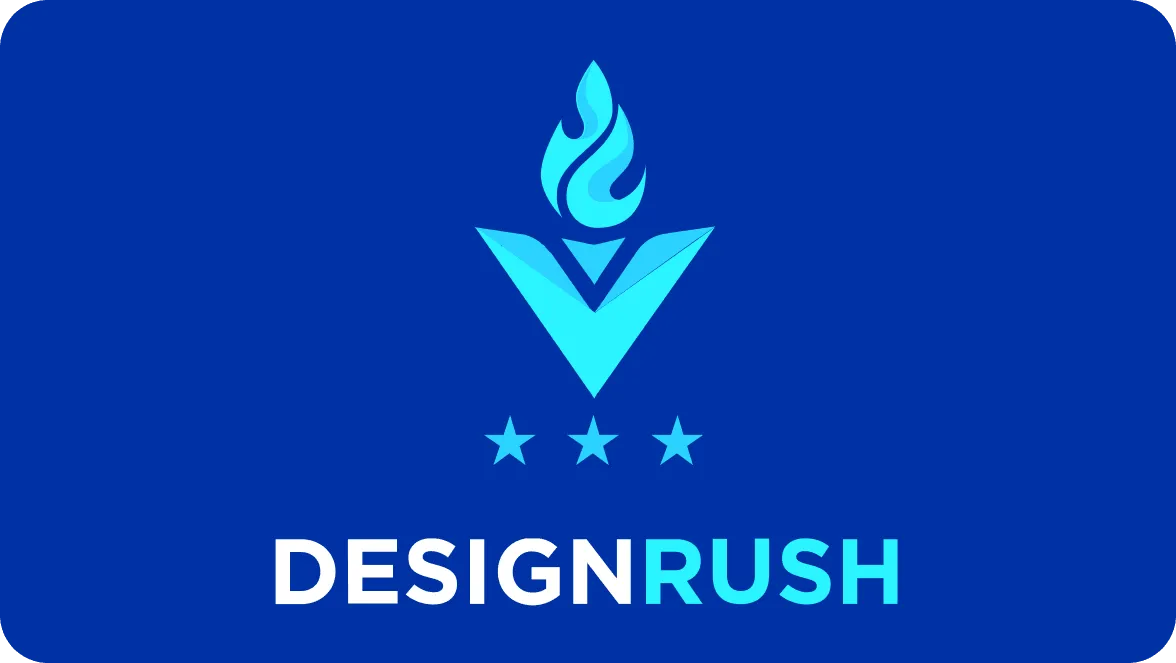
The specificity of a startup as a web resource lies in an innovative idea and non-standard tasks that it must solve. There are a few options here: hire in-house employees, contact an agency, or trust freelancers. How to define which option suits you best? How not to go wrong with the development team partnership? Let’s consider the material in more detail.
Why your startup needs a software development company
Due to the problem of finding employees and the complexity of setting technical tasks, many startups still don’t even overcome the milestone of creating a minimum viable product — MVP.
To turn your idea into reality — it’s vital to approach professional engineers. Running a startup is challenging, and top managers usually don’t have enough time to dive deep into software development stages or even coding, while the time and budgeting are limited.
What options to consider when it comes to software product development? There are usually several options: hire an in-house team or outsource software development to an agency, or turn to freelancers. Hiring your own team will be time-consuming and expensive. It requires a lot of resources and management — you will need to spend time on recruiting, to define the tech stack, to understand how many employees you need, to provide a social package, to monitor motivation and corporate perks and goodies. The more reasonable solution will be considering the software development agency or freelancers. Today I want to focus on these two options in more detail.
Some startup founders decide to turn to freelance platforms aiming to find performers and assemble a team in the hope that this route will be faster and cheaper. It seems you pay less, but in a reality, you would face significant drawbacks as:
-
You will have to hire the whole team from scratch.
-
Freelancers need micromanagement as they don’t see the whole picture of the project.
-
Freelancers have a narrow-focus specific area of expertise.
-
You probably will have to compete for their time, as freelancers have many different projects and rarely free time slots.
-
Freelancers don’t provide turnkey services.
-
Freelancers are not committed to your project, as it is likely a one-time job.
A software development company is an alternative to freelancing, which will save you the hassle of assembling a team of different specialists who are not familiar, sometimes located in different time zones, and have not tried working together. When developing software for a startup, the team usually includes frontend, backend developers, a designer, a project manager and a quality assurance engineer. Unlike freelancers, the company provides full-cycle development — from idea validation to product maintenance and support.
By outsourcing development to a software development agency, a startup can focus on business development key points — marketing, product strategy, and expanding the network. It’s important to organize the product launch in such a way that everybody does what they do best. The agency is the best option for product development, and now I will explain why.
Advantages that startups get from a software development company
Time is a key resource in the development of a startup. An idea should go out into the world as soon as possible and start bringing in money. Comparing a software development company and freelancing is like comparing apples and oranges in terms of the involvement and time spent by the founders of the startup. Let’s consider the benefits of partnering with a software development company.
No administrative hassle
By outsourcing software development to a professional agency, you save your time and budget. You don’t need to hire recruiters to select the right engineers, no need to rent an office and buy workstations for the team, worry about staff replacements or training and no need for HR to improve the engagement and motivation of your employees. All these are covered by your tech partner.
Fair ratio of skills and rates
Outsourcing allows to get the right engineers with necessary tech skills but also cuts expenses. Ukraine is now one of the most popular software development outsourcing destinations. The country offers ample opportunities – from its vast IT talent pool and wide experience to cost efficiency and strong technical skills. Rates for a Middle Software Engineer vary from $26–$38, while a Senior Software Engineer’s hourly rate is $39–$60. Ukraine occupies a leading position in the fastest-growing destinations for global software development services for startups.
Fast recruitment
To develop your product, you will need different specialists, not only coders. To ensure smooth development of the product, it’s necessary to involve UI/UX designers, DevOps specialists, QA engineers, business analysts, and project managers. In a tight time frame, it is quite difficult to quickly find a decent team. A software outsourcing vendor usually has all necessary employees on board. Thus, you can quickly and easily hire the right people for your team and boost your development process. Moreover, the vendor provides an agile system of team members replacement in case of illness or resignation. As a result, you pick the right team in the shortest period without the need for hiring and searching employees. This is especially beneficial when you require a specialist for a short time or periodically, for example, DevOps or QA services.
Unique expertise
When hiring a dedicated team for your project, you get access to the expertise of the whole software development company — engineering, UI/UX design, business analyst, project management, and even business consulting. Usually, team members have already had the specific experience of your domain and will share their insights. The company also analyzes from both a technical and a business point of view so a startup will never go beyond the creativity and deadline.
Flexible team management
When it comes to product development, you have two ways of managing the process — be a project manager and control everything from A to Z or communicate only with the dedicated project manager, who will manage the team and the process and keep you updated all the time. Delegating management to a project manager frees up your time that can be devoted to other business tasks. The responsibility for prioritizing and delivering the tech product rests with the vendor.
Engagement and motivation
To meet project deadlines and write a clear code, the team should be motivated and energetic. Directing your custom software development to outsourcing developers you get professionals with both excellent hard knowledge and soft skills. You can rely on the team's positive attitude and ability to stay productive. The vendor monitors the level of engagement and the results of work with the help of recruiters and HR managers. You can focus on the core business functions without worrying about remote employee engagement.
How we can help
Our team is working with startups under the guidance of the SDLC — software development life cycle. This approach begins at the moment of generating an idea and a decision on the need to create software and ends at the moment when developers stop supporting software. Let’s take a look at the software development services for startups that are used at different cycle stages.
1. Planning and requirements analysis
We collect requirements into a clear plan or analyze existing ones. The Project manager, business analyst, and the client are involved in this planning phase.
Result. Gather the information you need to plan your approach to technology development and selection. Without this, there is no understanding of the scope of work and it is difficult to define deadlines and the project estimates will vary greatly.
2. Defining requirements
We will help you prescribe detailed requirements for further work with the development process. For example, shopping cart and associated actions: you can implement an option of adding, deleting, and changing the quantity in different ways. There are 3 variants to delete an item: by using the “basket” icon, entering “0” in the quantity column, or by swiping to the left. At this stage, we define detailed requirements for the feature, which allows us to collect complete requests for the product, determine the implementation timeline and the budget.
Result. At this stage, the deliverables are the defined backlog and vision of the project.
Prioritized backlog
We analyze the business goal and set the list of product features and write a short description of each one. As a result, you get prioritized main blocks and set milestones.
Project vision
This is a document where all features, elements, and complete project ideas are described. We outline the business goal, the benefits of the project, key features and its strengths, list competitors, and make a short analysis of competitors’ features.
3. Architecture designing
At this stage, the architectural approach and the interaction between all the components are determined. The following documents and diagrams are developed:
Architecture Diagram and Description describe what specific functional components will be developed to obtain the final result, how they will interact with each other, and what information will be stored and processed by the specific component (for example, API, Third Party API, Logging system).
Infrastructure Diagram and Description describes how the application will be deployed in development, quality assurance and production environments. We will define what access will be between applications, and how these applications will be deployed on each of the environments. It is also needed to calculate and support the required load on the system and to ensure the security of the system.
Result. A holistic project architecture.
4. Development
The main stage is when the product is created and the team develops the product according to our Code standards, depending on the chosen technology stack. The choice of technology is based on a specific case request.
Result. The first version of the product satisfies the basic functions of the project.
5. Testing
We use manual, automated and end-to-end testing that validates the correctness of the software, the user experience and then manually reports bugs. There could be errors that are not detected by automatic testing, like Selenium, Cypress, therefore, to be more precise, you need to enable manual testing.
A startup should spend at least 2–4 weeks on debugging.
Result. In practice, problems and bugs discovered at the post-release stage of a product can cost 30 times more than those discovered at the start of design and architecture. This stage extends to all stages, not only after the completion of development, and ensures correct launch of technical issues.
6. Going live and maintenance
After the product (MVP/PoC or part of it) is developed and alpha testing of the system is finished, we move on to beta testing, which is also known as user acceptance testing — UAT or end-user testing — EUT. The software is checked by users of the target audience in real-time. At this stage, we collect analytics to find out how customers interact with your product. You can read how to understand via analytics whether this function is required in your product in our article “10 Best Practices of Software Product Management for Small and Medium-sized Companies” based on the interviews with the СEO at DigitalSuits, Artem Semenko. You will learn the main features and pitfalls of a startup development for any project type and scale.
Result. Feedback from early adopters provides a comprehensive understanding of what needs to be corrected before a commercial release of the software. Continuing the development of the following features or providing support.
Conclusion
Ingenious ideas can die before they start because of funding problems, improper workflow, teams’ interaction and high competition. Custom software development must be accompanied by a team of developers who know the domain, feel free to communicate, listen to requirements and edits. You don’t spend effort, time or money in search of necessary specialists separately. You’re calm about the timing and quality of work since the team has management that deals with this.
Our team specializes in SaaS solutions for startups and small-medium businesses. For consulting in the field of custom software development solutions contact us via link.


































Was this helpful?
0
No comments yet